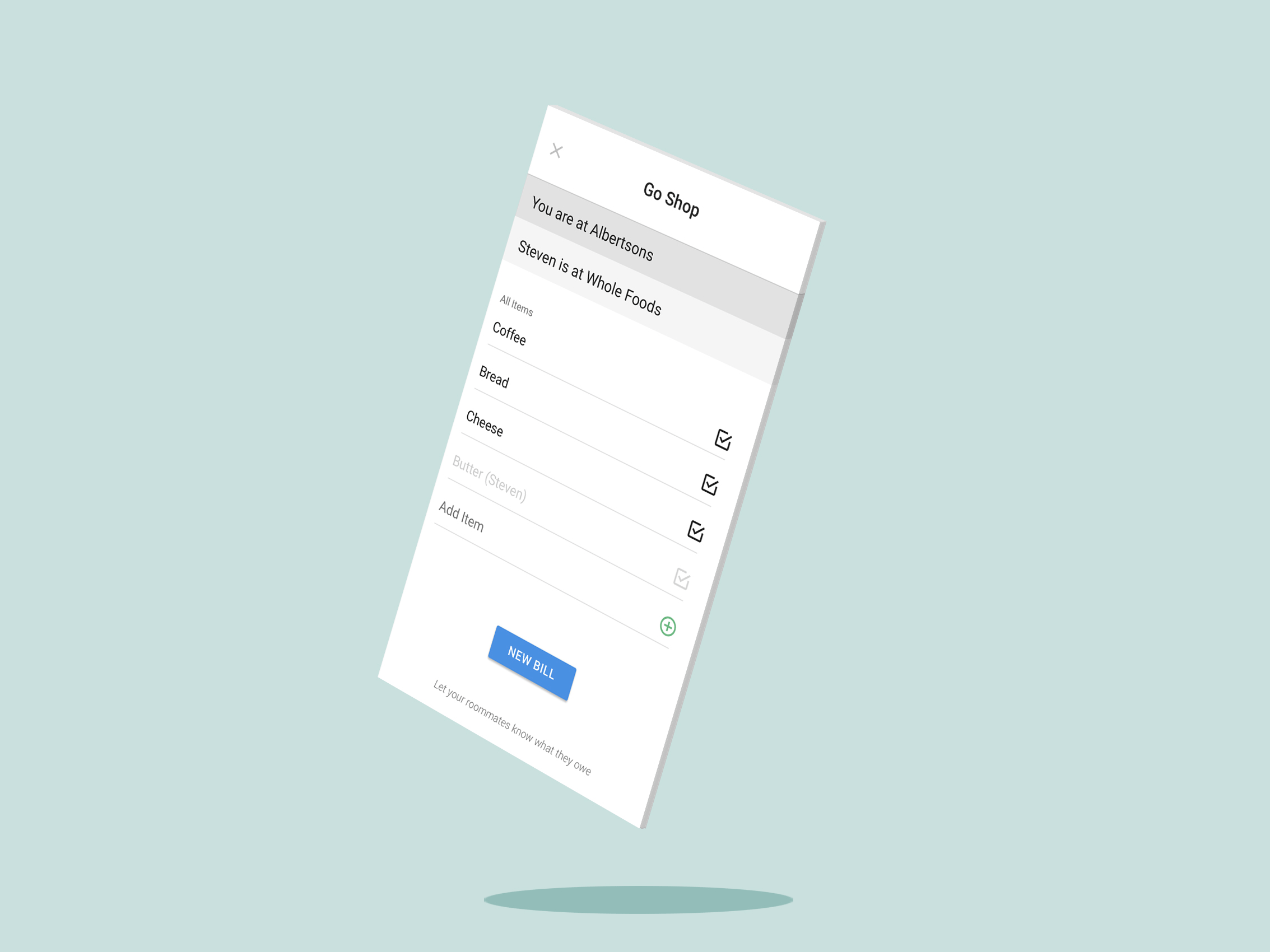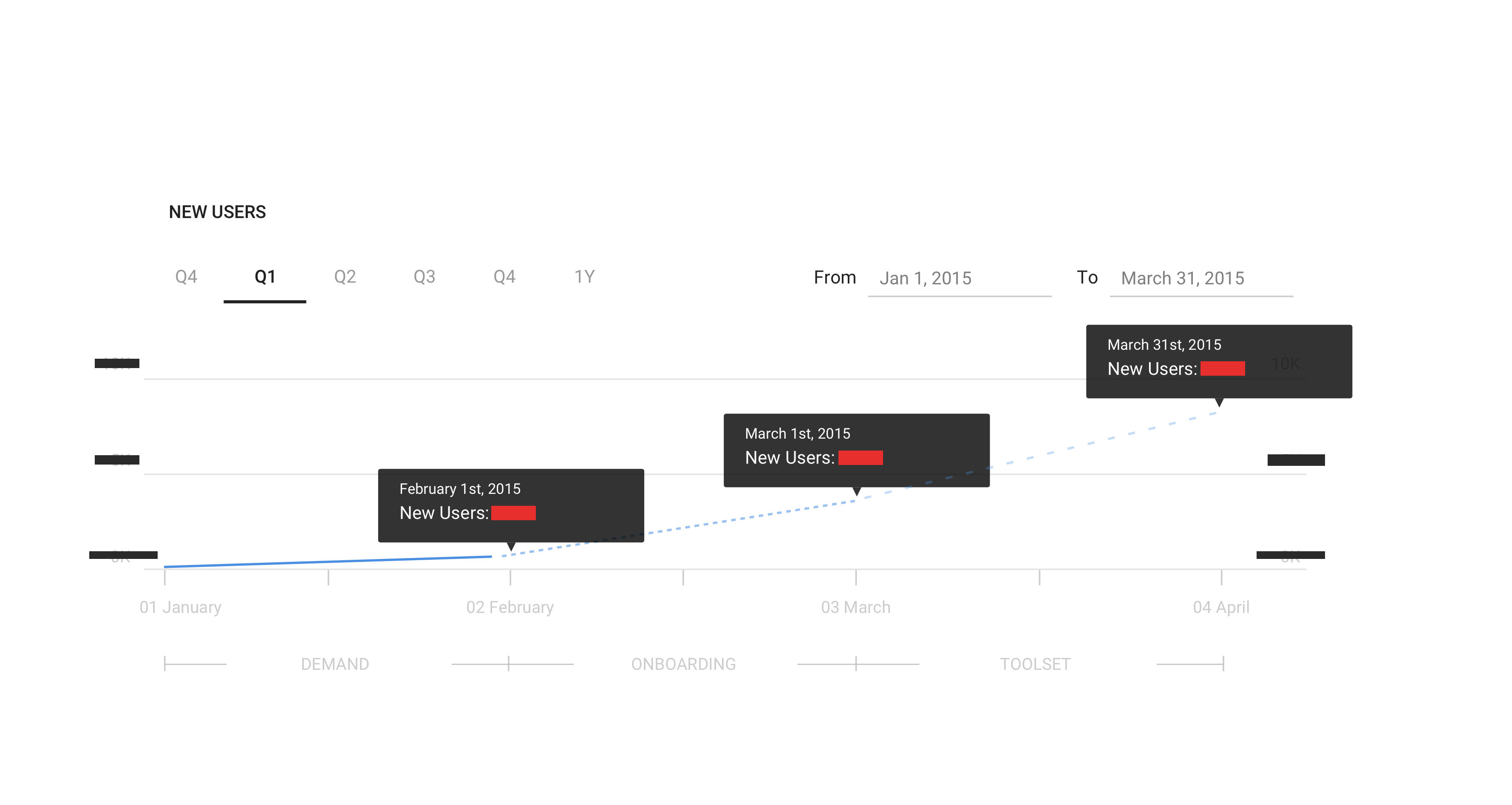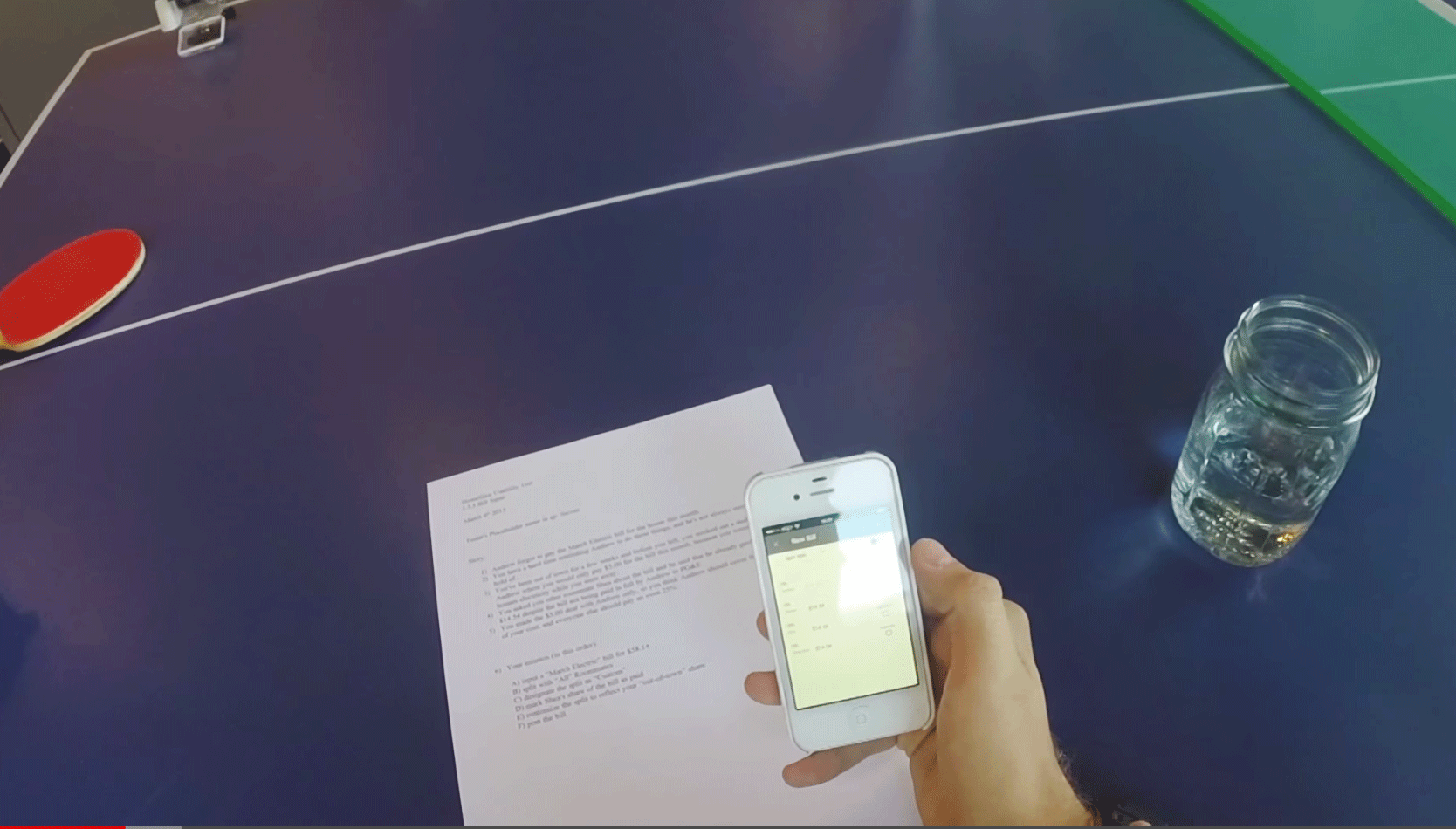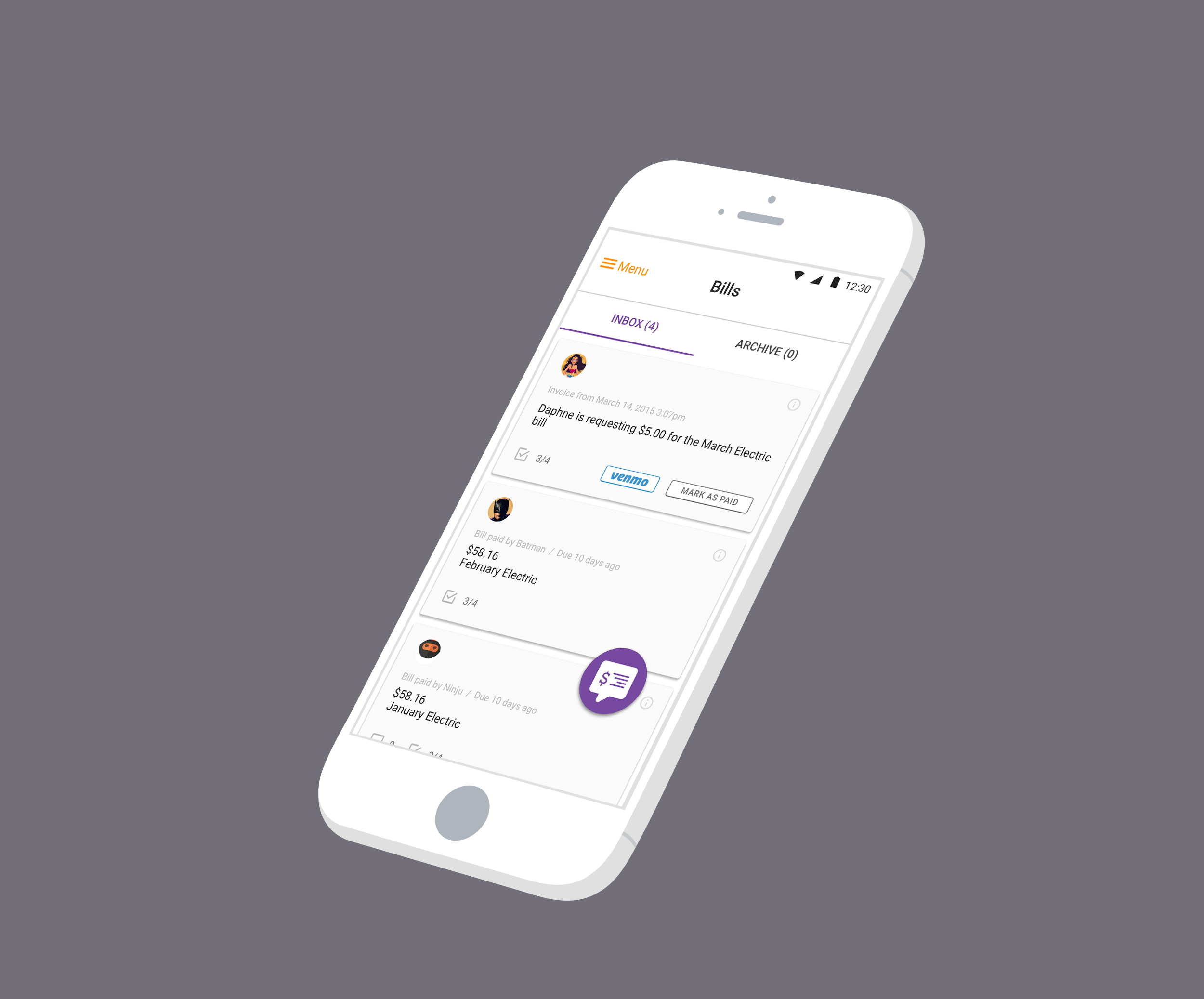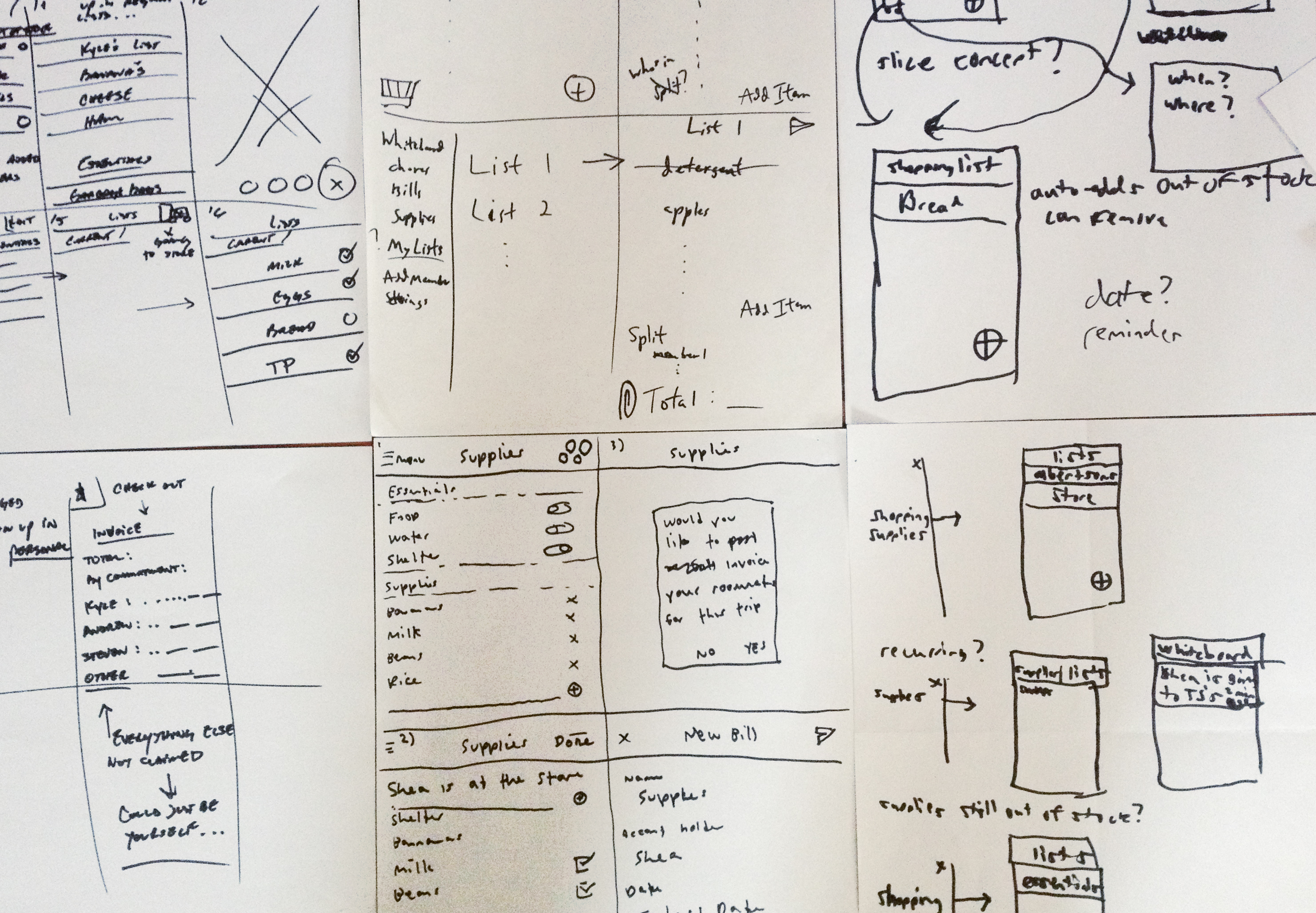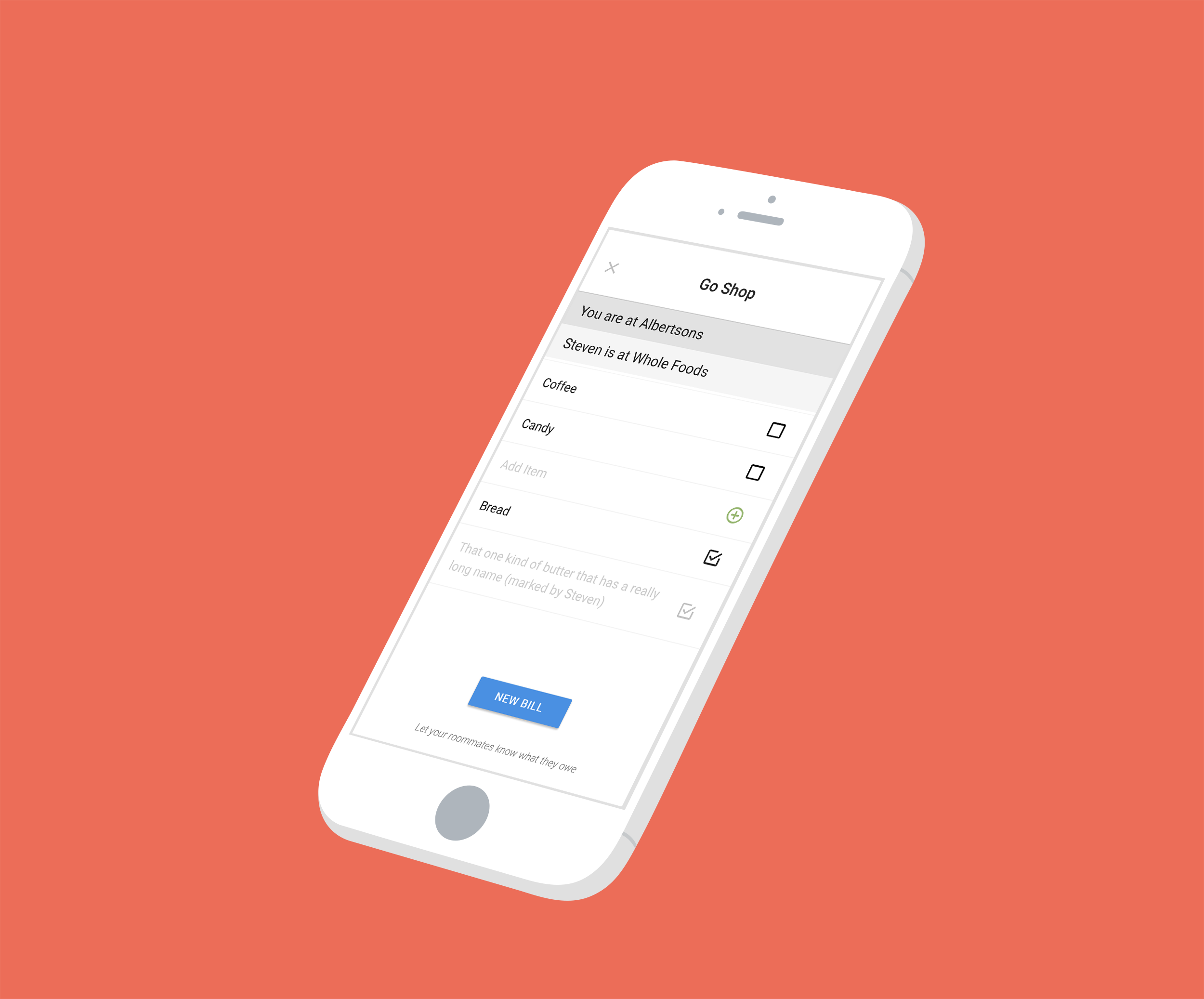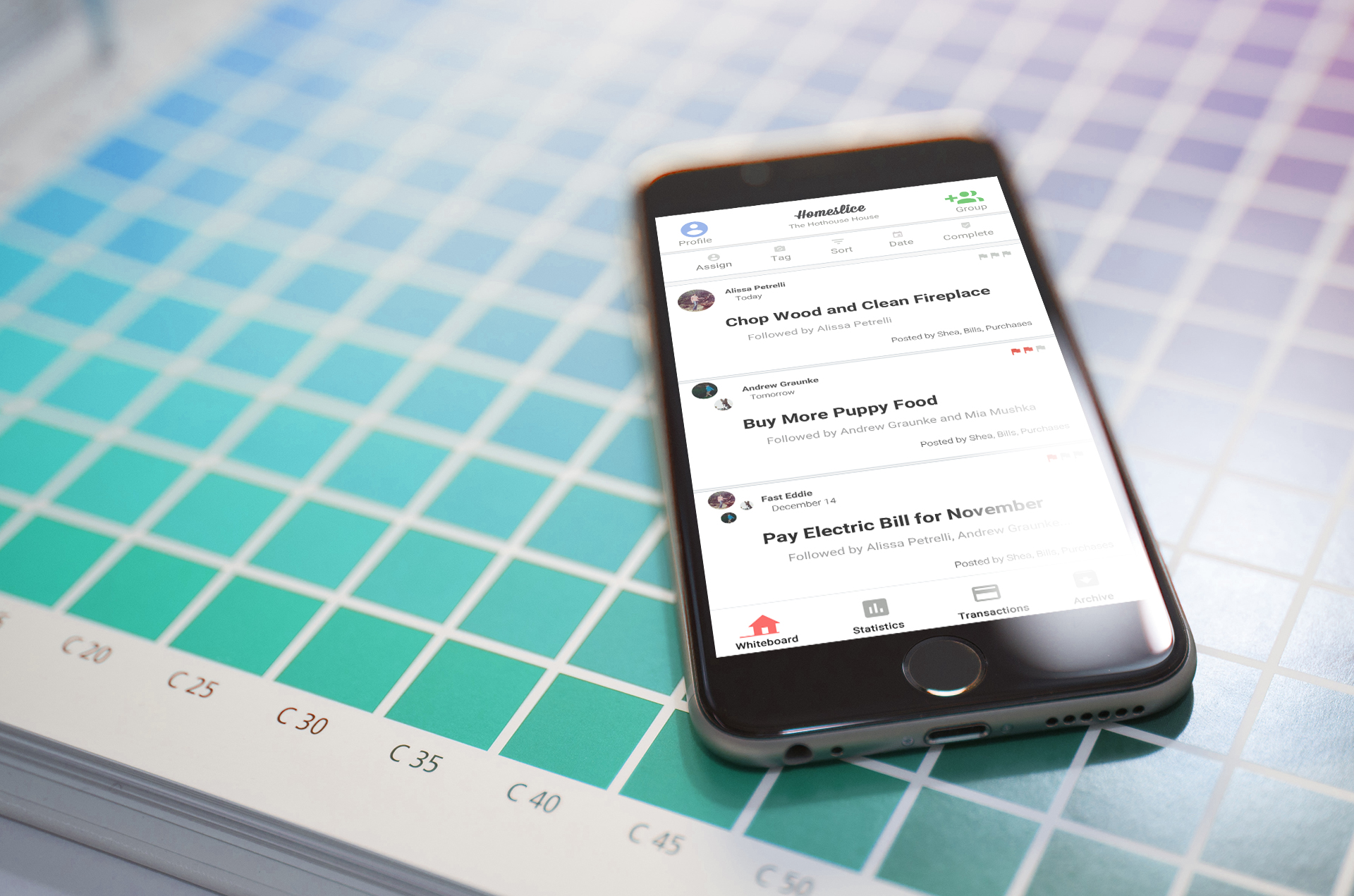Behind HomeSlice the app, stands a team of builders, dreamers, investors, and advisors. Founded in 2013 by Shea Brucker with support from the Center for Innovation and Entrepreneurship at California Polytechnic State University, HomeSlice has a story to tell.
CEO Shea Brucker founded HomeSlice in 2013 as a side project during his role as Senior Sales Associate for MINDBODY (where he brought in prospects for MINDBODY Exchange including Apple Inc., Jamba Juice, Overstock.com, and Orbitz). Met by instant demand and backed by the HotHouse Accelerator program in San Luis Obispo, California, Shea teamed up with Steven Feaster – a software developer with a portfolio of mobile apps and a 10 year history of mobile app development (including framework development for Palm OS) – in July of 2014. Together they prepped the HomeSlice MVP for hybrid development on Andriod and iOS leveraging a Cordova Plugin and the Google Polymer (Beta) framework. In February of 2015, investor Chris Noble – CEO of Matchfire Co – backed HomeSlice with seed-funding, personal involvement, and a push towards strategic brand partnerships. Shortly after Chris's investment, Kyle Murphy – Software Developer, and Andrew Graunke – User Experience Consultant, joined the HomeSlice team.

Together, the HomeSlice team brought a synergy greater than the sum of its parts. With Shea's business expertise, Kyle and Steven's development bandwidth, and Andrew's passion for user experience, the HomeSlice team aggressively applied their unique strengths and expertise to a common goal – a revolutionary platform for household management that promotes communication and transparency within the home.
Roommates Refined
By February of 2015, HomeSlice was active in over 2,000 homes, with over 6,000 users across 80 different countries with 500+ ratings on Google Play and 40+ on the app store. With hundreds of up-voted user-suggested features, the new team targeted pain-points and improvements to the widely adopted MVP.
“Our number one objective is to deliver an unmatched and valuable experience to our homes.” Shea Brucker, CEO of HomeSlice
During Andrew's first two weeks with HomeSlice, he targeted on business goals, user-acquisition strategies, user-retention strategies, and helped Shea build a product-development road-map for HomeSlice that would maximize value for the addressable market in the coming months.
